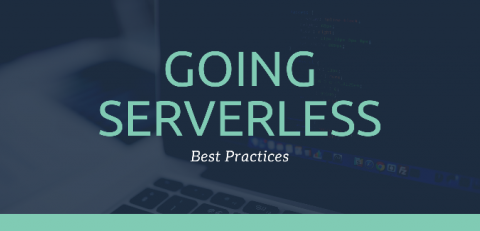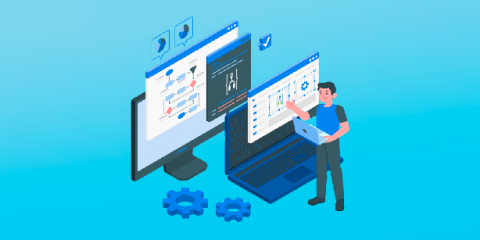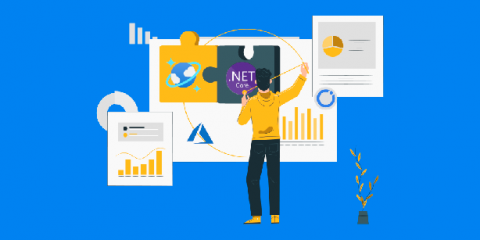Operations | Monitoring | ITSM | DevOps | Cloud
Serverless
The latest News and Information on Serverless Monitoring, Management, Development and related cloud technologies.
The Ultimate Guide to AWS Step Functions
The use of serverless computing has become a must nowadays, and some of you may already know a thing or two about Amazon Web Services like Lambda Functions, Step Functions, and other services AWS provides. However, if this is the first time you hear about them – fantastic! In this article, we’ll discuss AWS Step Functions, what they are used for, how to use them, and the advantages or disadvantages that they bring.
Going Serverless: Best Practices
Making the move to serverless architecture? By accelerating app development time, serverless isn’t just a boon for business, it’s also a win for engineering teams. Gartner explains: “Serverless architectures enable developers to focus on what they should be doing — writing code and optimizing application design — making way for business agility and digital experimentation.”
Azure Logic Apps 101 - Developer tools: what are my options (Part I)
Dangers of Console-Driven Development
AWS offers the ability to login to a web UI dashboard. In this dashboard, you can add, edit, and deploy various cloud resources. When I was first getting started with AWS, this is where I began for two reasons: My very first full-time job as a Software Engineer was on a small enough team that all of our infrastructure was setup using the AWS console in a single AWS account.
Why AWS Lambda Throttles Functions (and how to fix it!)
Have you noticed recently that your AWS Lambda invocation requests are getting throttled? If so, your Lambda functions are probably not running as designed. Let’s examine the possible causes and solutions to poor Lambda performance.
Orchestrating Serverless Microservices in Azure with Durable Functions
Create your first website with serverless in 15 minutes
Alright, we talked the “serverless is awesome” talk but now it’s about time to walk the walk. In the light of us launching our brand new website, we thought it would be fun to show you how to create a serverless website from scratch. In the next 15 minutes, we’ll take you through the entire process of creating your first website running on serverless and you better believe it’s going to be awesome.
Getting Started with Azure Cosmos DB Using .NET SDK
Step-by-Step Guide: Enhancing Lambda Performance Monitoring with AppDynamics
Serverless computing simplifies IT operations by delegating infrastructure setup, configuration, provisioning, and management to a cloud vendor.










